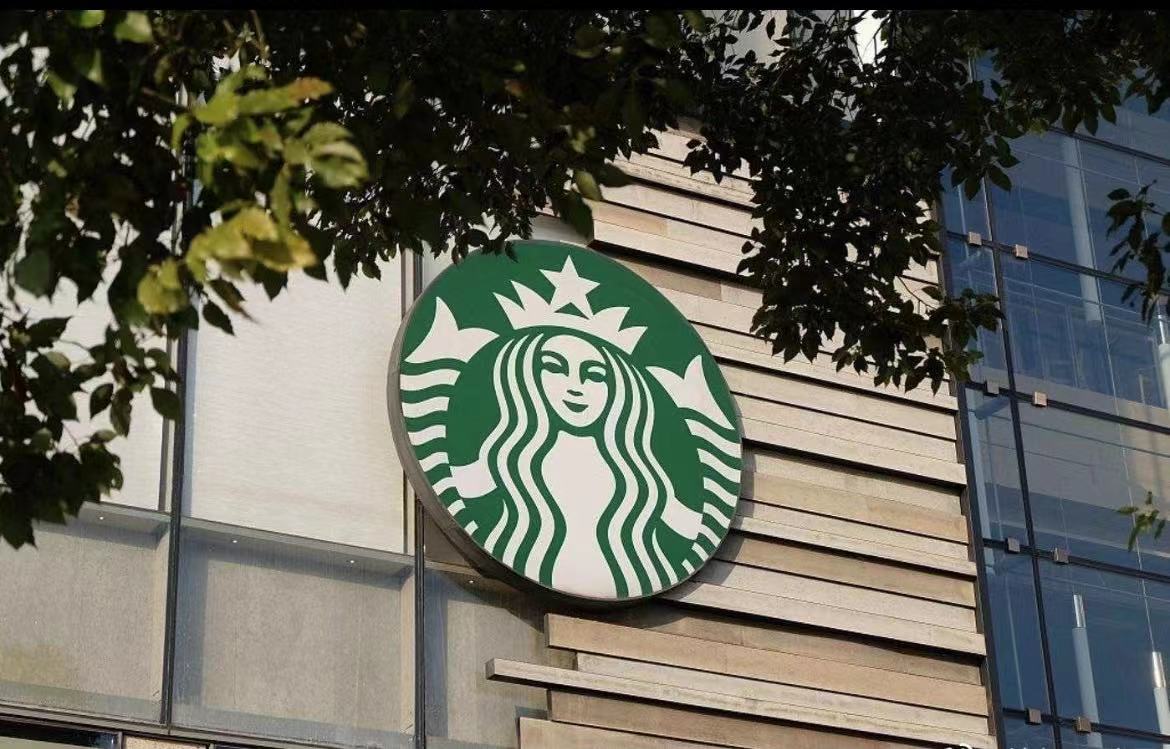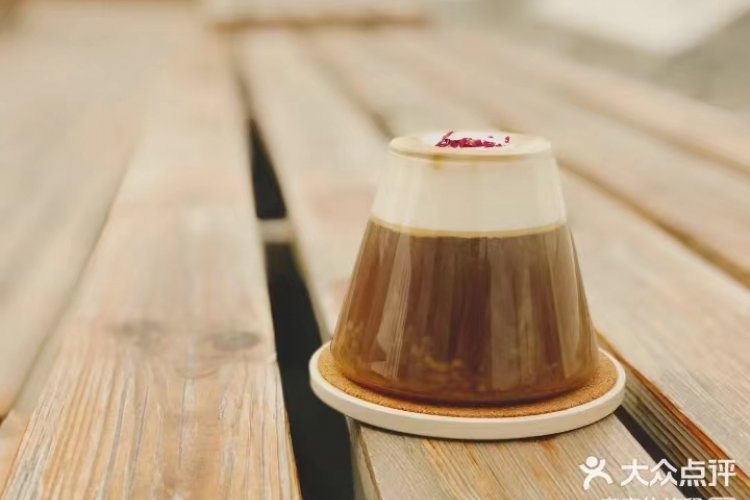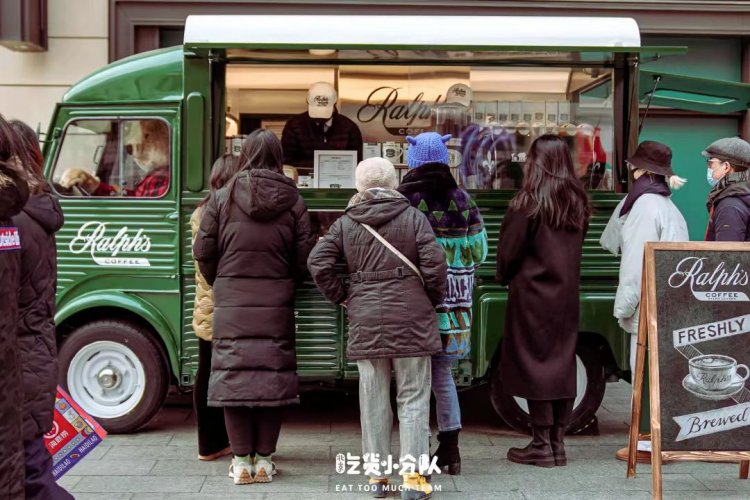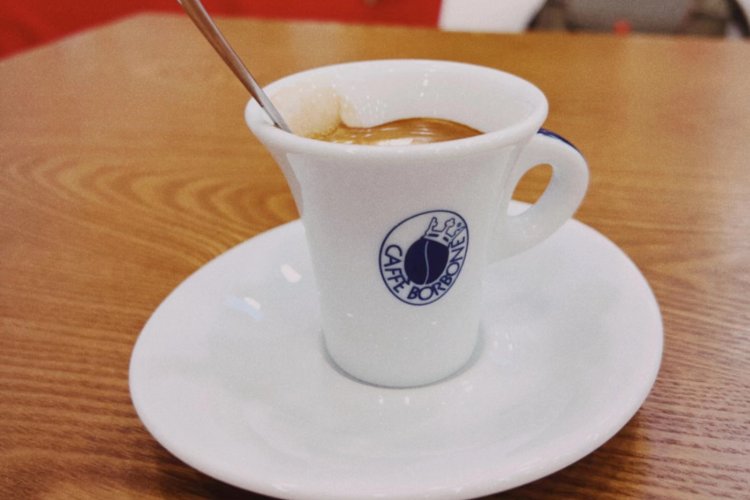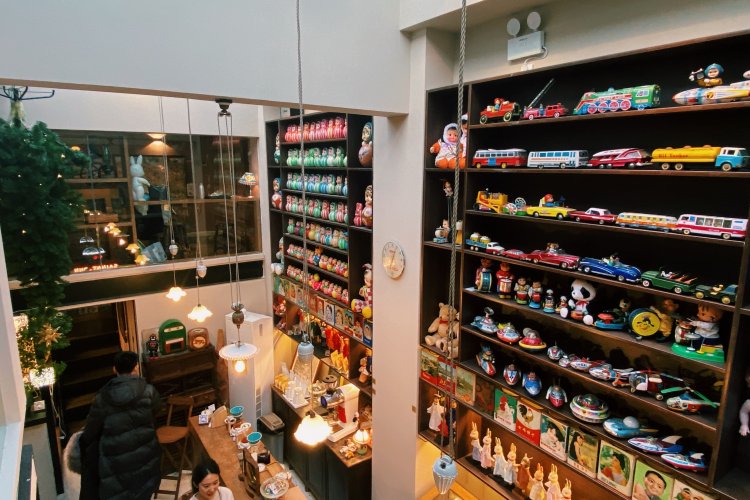Capital Caff: Starbucks Raises Prices, Drawing Ire of China's Coffee Lovers
Don't talk to me until I've read Capital Caff: Your guide to the latest in coffee happenings around Beijing.
It’s getting real, caffeine addicts: Your morning Starbucks has gotten a little more expensive thanks to a sudden jump in prices.
Prior to this jump, a grande Americano cost about RMB 28, but now its up to RMB 30. Likewise, a red tea-flavored latte cost about RMB 33 and now sits at RMB 35. The price of a caramel macchiato, oat milk and other drinks, as well as a few sandwich options, have all gone up by RMB 1.
A price increase of around RMB 1 or RMB 2 might not seem like a lot, but it's enough to draw the ire of coffee lovers across the country. Either way, the big question on our minds is, why the increase?
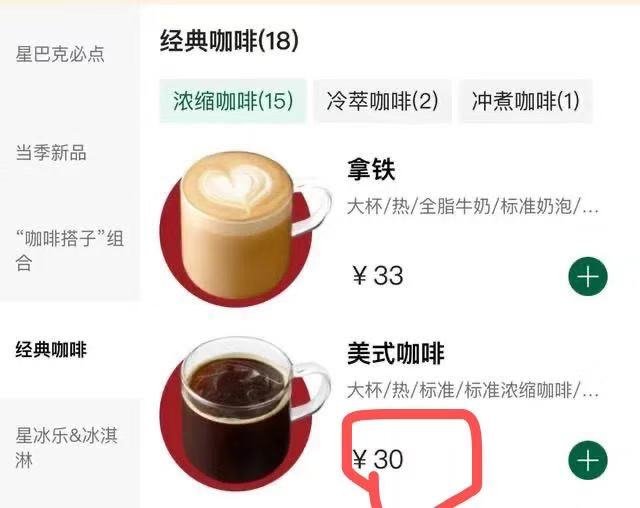
Issues with cost?
Starbucks has definitely had its share of rough times as of late. Growing labor, transportation and supply costs are to blame for the increase, according to USA Today. In fact, the company's recent financial reports (link in Chinese) show that sales in China dropped by a whopping 14 percent while total transaction volume in the country decreased by 6 percent.
However, it's worth mentioning that this isn't the first time Starbucks has raised it's prices.
Starbucks CEO Kevin Johnson even hinted that they are likely to raise prices again sometime this year in order to increase profits. “We have additional pricing actions planned through the balance of this year, which play an important role to mitigate cost pressures, including inflation, as we position our business for the future,” the CEO is quoted as saying in the same USA Today report.
Too many challengers?
An important factor might be the competition that Starbucks faces from homegrown brands like Seesaw Coffee annd METAL HANDS. Manner Coffee has already opened hundreds of stores in China, and Shanghai-based chain M Stand has started expanding to cities across China, the capital notwithstanding.
And then there's Luckin Coffee, one of Starbucks' biggest rivals, where you can find a cuppa roughly RMB 10 less than at the American chain.

Luckin Coffee has already dethroned Starbucks for the number of stores in China, with 5,671 stores opened in the third quarter of 2021, about 100 more than Starbucks.
Extra costs?
As early as 2018, when Luckin Coffee was gearing up to be publicly listed, insiders revealed that Luckin tried to poach employees from Starbucks with offers of salaries three times higher than Starbucks was paying for key positions, which left the American brand in an awkward position.
In response, in November 2021 the coffee giant announced that for the first time, all full-time employees of Starbucks’ China stores would be entitled to 14 months of pay, adding another month’s salary on top of their standard 13 months of pay. But an extra month’s pay for more than 40,000 employees meant a greater expense for Starbucks, which was met with higher prices to offset the costs.
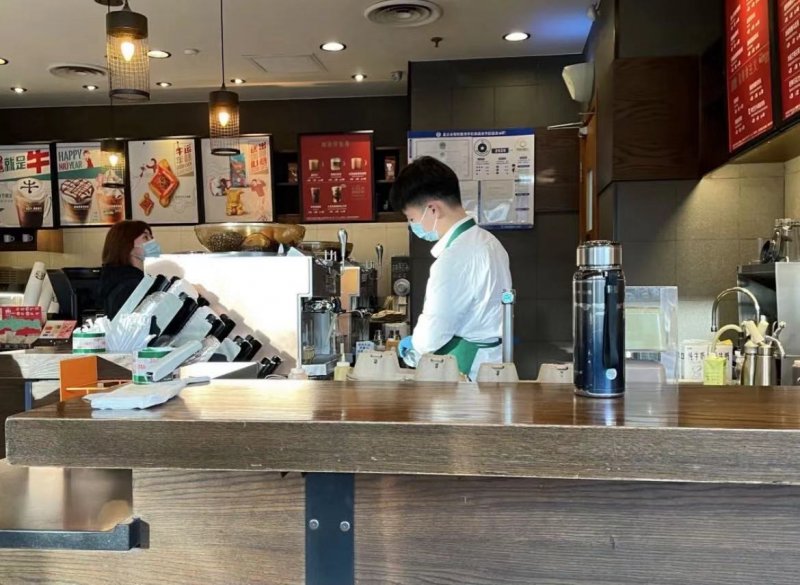
Could this be a trend?
But it's not just Starbucks that has raised the prices recently, some consumers found other coffee brands including Tim Horton's and even rival Luckin Coffee have also adjusted their prices.
"The price spikes is due to pressure in rent, labor costs, and other operational costs," Luckin said in a statement.
This move has left many netizens worried if the price surges in Starbucks could signal a major wave of increase in price throughout the entire coffee industry.
Despite complaints online, Starbucks still has many loyal fans who are not eager to switch their allegiances just yet.
There were still quite a few people waiting outside of Starbuck’s Guomao branch when we visited yesterday, with many looking for seats with a cup of latte in their hands.
Will you still go to Starbucks for coffee after the price increase? Let us know in the comments!
Images: Irene Li, Weibo, Dianping,上游新闻

